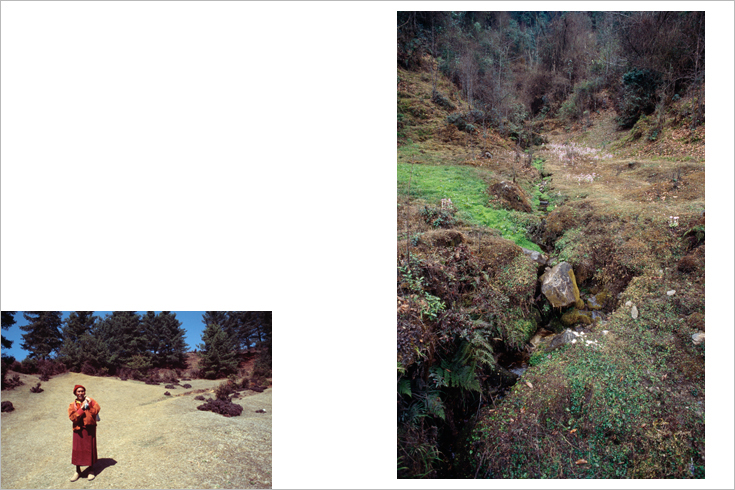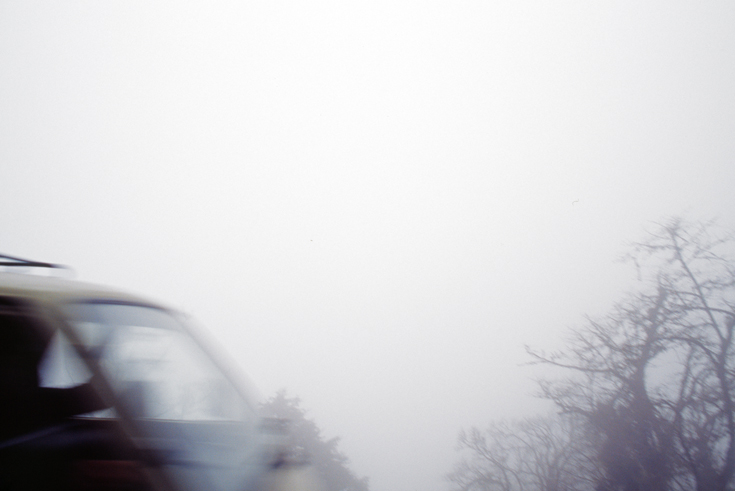Wide Awake Garage Publishing, Daniel E. Kelm, publisher
Designer: Greta Sibley
Production: Duggal Color Solutions
Pigmented ink photo direct to acrylic substrate, 15" diameter
Click here to view accompanying poems by Kim Bridgford*
The Falling Edge is a creative project produced in collaboration with poet Kim Bridgford. It is comprised of three books based on our travels to Iceland, Venezuela, and Bhutan. One of the goals for this series was to experiment with the notion of the book as a possibly redundant physical structure in an increasingly ephemeral, internet-driven world – how to understand the printed word and photographic image at its “tipping point.” Over the course of its development, we met with architects and book publishers to discuss ways to move beyond preconceived limitations of traditional form and yet not lose the book’s historical grounding as a sensual, material-based exploration in addition to an intellectual and emotional one.
During a ten-year period from 2004-2014, Kim and I traveled for ten days each to three countries at pivotal moments of shift: Iceland (2004), as it hovered between economic boom and volcanic eruptions, Venezuela (2006) at a volatile point in Chávez’s presidency, and Bhutan (2012) whose king had just recently increased access so that travelers could experience his nation’s main commodity of happiness.
Landscape in particular was crucial in the poetic and visual response to all of these journeys. Each of the books, comprised of ten poems and ten photographic images/immersions, is named for both our individual responses to its unique location as well as its impact on the overall concept. Ah-Ha, the first book, was a response to Iceland as we traveled from Reykjavik to the West Coast Fjords. The second book Barlovento/Sotavento was based on our experiences driving down the coast of Venezuela to the border of Brazil and staying at El Pauji, located on the edge of the Amazon jungle. This small village, comprised of disenfranchised artists, miners and indigenous people, had only the year before purchased its first television set, located in the main grocery store. Qualia, the third and final book, was in response to Bhutanese culture and its pervasive focus on sentient beings, mostly seen from the windows of our sedan.
Together we have viewed each of the international journeys as vehicles through which to understand not only other cultures and peoples, but, also, more fundamentally, the varying ways in which as outsiders, fellow travelers, and artists in two distinct fields experience time and place, creating through our interwoven responses a new and distinct experience for the viewer/reader.

jjjjjj
Book Three Visuals









